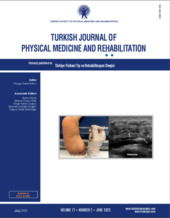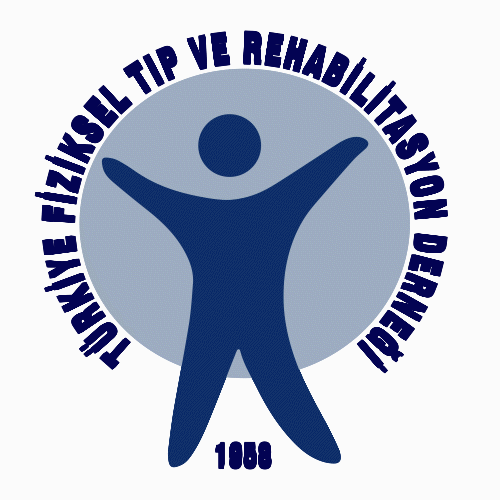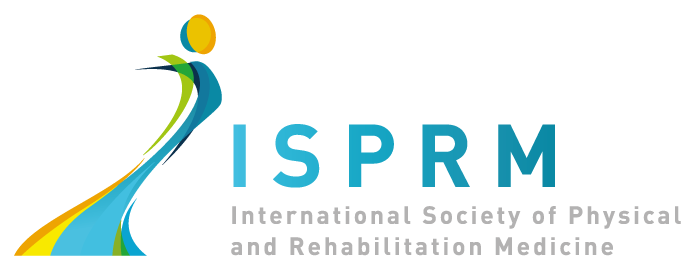Comparison of the complementary therapeutic effects of Neurodevelopmental Treatment Approach-Bobath and Nintendo Wii Fit Balance-based video games on static balance, functional activities, and game scores in children with cerebral palsy: A case-control study
2 Department of Physical Medicine and Rehabilitation, Trakya University Faculty of Medicine, Edirne, Türkiye
3 Department of Pediatrics, Trakya University Faculty of Medicine, Edirne, Türkiye DOI : 10.5606/tftrd.2025.12897 Objectives: This study aimed to compare the effects of Neurodevelopmental Treatment Approach-Bobath (NDT-B) and Nintendo Wii Fit balance-based video games on balance, motor skills, and functionality in individuals with ambulatory cerebral palsy (CP) and to examine the long-term the effects of Wii Fit balance-based video games and NDT-B.
Patients and methods: A total of 20 individuals with ambulatory CP were included in the randomized-controlled study between June 2018 and September 2019. The participants were randomized into two groups: the Nintendo Wii Fit balance-based video games group (Wii group; 8 males, 2 females; mean age: 13.0±3.3 years; range: 5 to 18 years) and the NDT-B group (control group; 8 males, 2 females; mean age: 9.3±3.9 years; range: 5 to 18 years). Personalized NDT-B was applied to both groups for a total of 12 sessions. Personalized posture and balance activities were applied to the control group, while Nintendo Wii Fit balance-based video games were applied to the Wii group. Motor and functional tests were used for the assessment of functional status and abilities. Balance tests and Nintendo Wii Fit balance assessment were used for balance assessment. The outcomes were recorded before treatment, after treatment, and three months after treatment.
Results: Static balance improved in both groups, with the effect sustained after three months in the control group (p<0.05). At the end of the treatment, the decrease in Timed Up and Go test and the increase in Sit-to-Stand test scores were significant in the Wii group, and these improvements were sustained at three months following the treatment (p<0.05). There was a significant increase in the game scores for balance, weight shift, and walking speed at the end of the treatment (p<0.05).
Conclusion: The current study results suggest that Wii Fit balance-based video games can be used as an additional and complementary therapy to the NDT-B treatment program in the rehabilitation of individuals with CP with sustainable clinical effects in the long-term.
Keywords : Brain damage, child, disabled, rehabilitation outcome, virtual reality

















